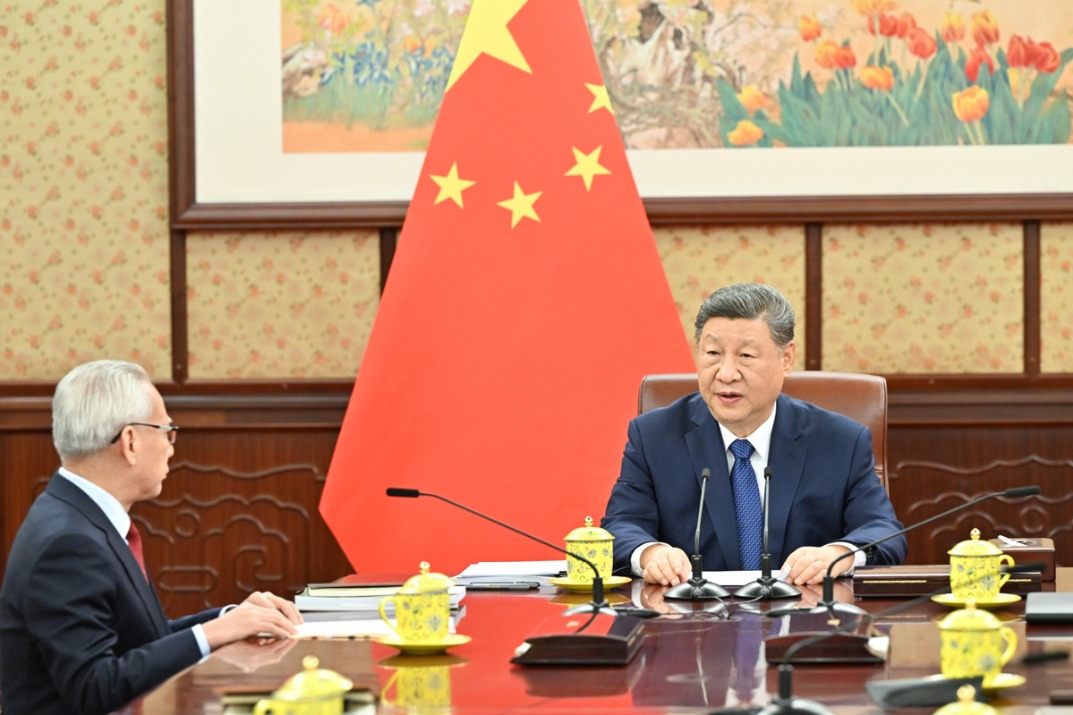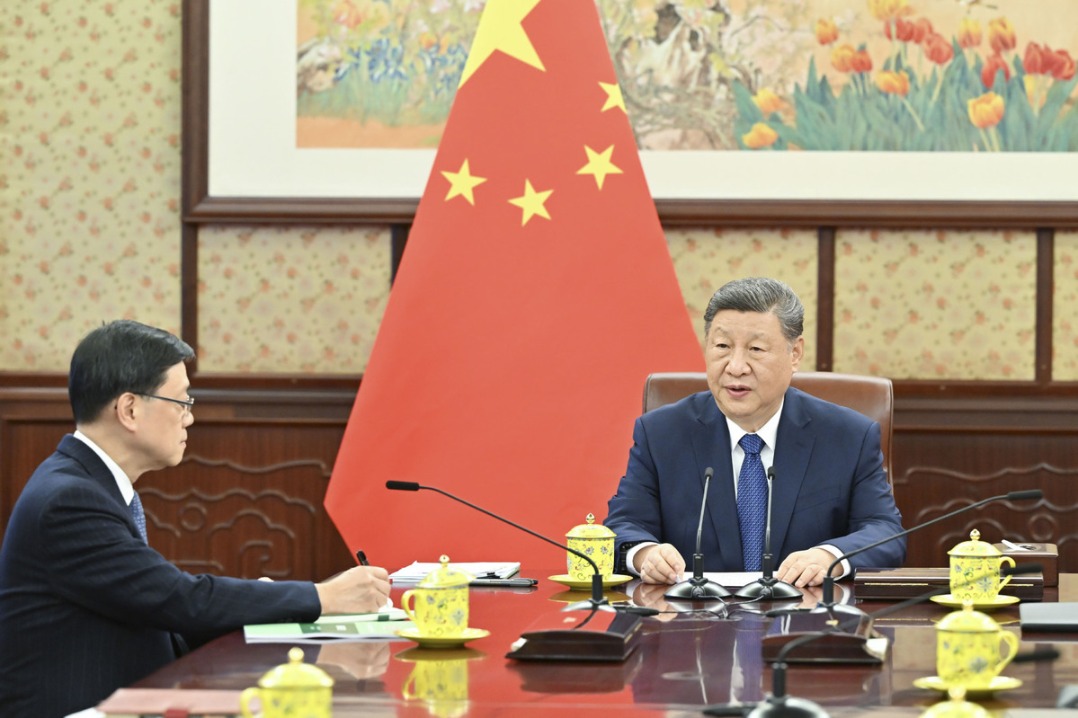Artifact protection is a family affair
Son follows father's footsteps in collecting and preserving precious items, Yue Yuanyuan and Lu Yifan report.

Braving subzero tempera tures, 46-year-old Zhao Yong and his dog Heilang ("black wolf"), patrol the Dalt ancient city ruins in Qagansum village in Northwest China's Xinjiang Uygur autonomous region.
Situated in the suburbs of the city of Bole, Dalt ancient city spans 200 mu (around 13.33 hectares) and was once a vital hub along the ancient Silk Road.
Archaeological research suggests that this ancient city dates back to between the 10th and the 14th centuries. It was designated a national key cultural heritage protection site in 2013.
The ruins include inner and outer walls. The inner walls are reasonably intact, and include rammed earthen buildings, and brick structures that resemble bathing places.
Efforts to protect this historical treasure began decades ago, spearheaded by Zhao Yong's father, Zhao Yuecai.
In the 1960s, Zhao Yuecai and his family migrated from East China's Shandong province to the village in Bole.
At the time, residents frequently unearthed relics, either while farming or building their homes, but due to a lack of awareness, their discoveries often led to damage to the ancient city.
Driven by a desire to protect the relics, Zhao Yuecai took the initiative to protect the ancient city, becoming the village's first patroller.
His commitment left a lasting impression on his son, sparking a deep and lifelong interest in history. In 2007, when his father's diminished health no longer allowed him to continue, Zhao Yong stepped in, taking over the task of protecting the ancient city.
Since shouldering this responsibility, Zhao Yong has diligently patrolled the site — spending up to three hours at a time inspecting the ruins.
His work includes reviewing surveillance footage for anomalies and conducting meticulous on-site inspections.
He documents key areas, records their condition on his cellphone, and shares his updates with cultural heritage authorities.
In 2016, a formal archaeological excavation of the ancient city began.
Inspired by Zhao Yong's passion, his wife, Wang Xiuping, 45, joined the team. Initially drawn by the prospect of earning extra income, she soon became captivated by the world of archaeology.
"At first, I was a laborer in the ruins," Wang says. "Later, I learned how to excavate, and even mastered the techniques of restoring pottery."
Under professional guidance from the archaeologists, she learned the process over the course of two years, and has since restored hundreds of pottery artifacts, including jars and plates.
"She's very capable, much better than me," Zhao Yong says proudly of his wife.
"Now she not only restores pottery, she is also a team leader of the workers, and does surveying and mapping. She launches excavation units, uses specialized shovels and draws archaeological maps."
While Wang focuses on restoration, Zhao Yong continues to patrol the site and contribute to discoveries.
During one excavation, Zhao Yong uncovered an artifact inscribed with the Chinese character zao, which means "create" in English, thereby providing scholars with valuable insight.
He estimates that the pottery fragments recovered at the site in recent years could fill five small trucks.
The couple often work late into the night, driven by their shared dedication.
They attribute their ability to balance archaeological work with farming duties to advancements in agricultural mechanization, which have resulted in them having more free time.
The couple give nearly all their free time to archaeological work.
Apart from excavation and restoration, Wang keeps notes and makes individual files and documents for artifacts unearthed. Zhao Yong accompanies his wife every day, working late into the night.
"Once you become involved in archaeology, even for a year, you naturally develop a passion," Zhao Yong says. "It's incredibly meaningful."
The couple's two children have also developed an interest in artifacts. Their son, Zhao Ruyang, 17, is especially interested in history, and shares what he learns in his history classes at school with his father.
Their daughter, 20-year-old Zhao Xueting, is an industrial design major at the Jiaxing Vocational and Technical College in Zhejiang province. Last winter, she returned during her holidays and assisted the archaeological team with her professional drawing and mapping skills.
"I have grown up in this kind of environment, and so I am passionate about archaeology and cultural heritage preservation," Zhao Xueting says.
"If given the opportunity, I am willing to carry forward the legacy of faith started by my father and grandfather."
In recent years, the importance of the Dalt archaeological site has gained wider recognition. The local government is developing an archaeological park and exhibition hall — initiatives that fill Zhao Yong with hope.
He envisions tourism bringing prosperity to the village, countering the challenges of an aging population, and the departure of young residents.
"I want to protect these cultural artifacts, preserve them for future generations, and help more people discover the beauty of my hometown," he says.
Xinhua
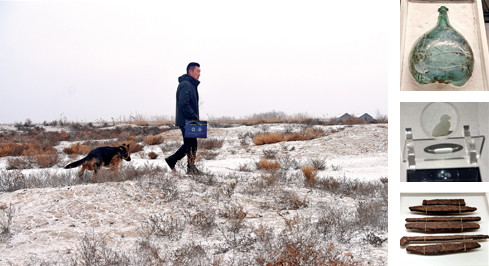
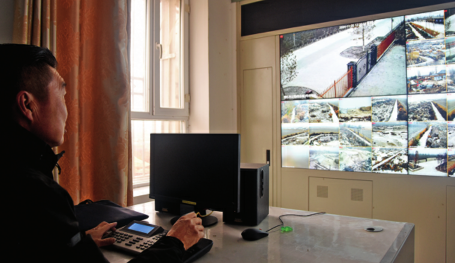
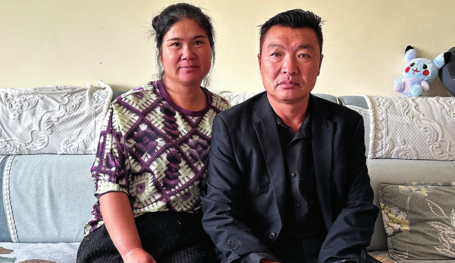
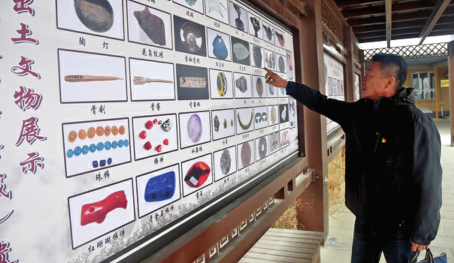
Today's Top News
- Crossing a milestone in the journey called Sinology
- China-Russia media forum held in Beijing
- Where mobility will drive China and the West
- HK community strongly supports Lai's conviction
- Japan paying high price for PM's rhetoric
- Japan's move to mislead public firmly opposed




















